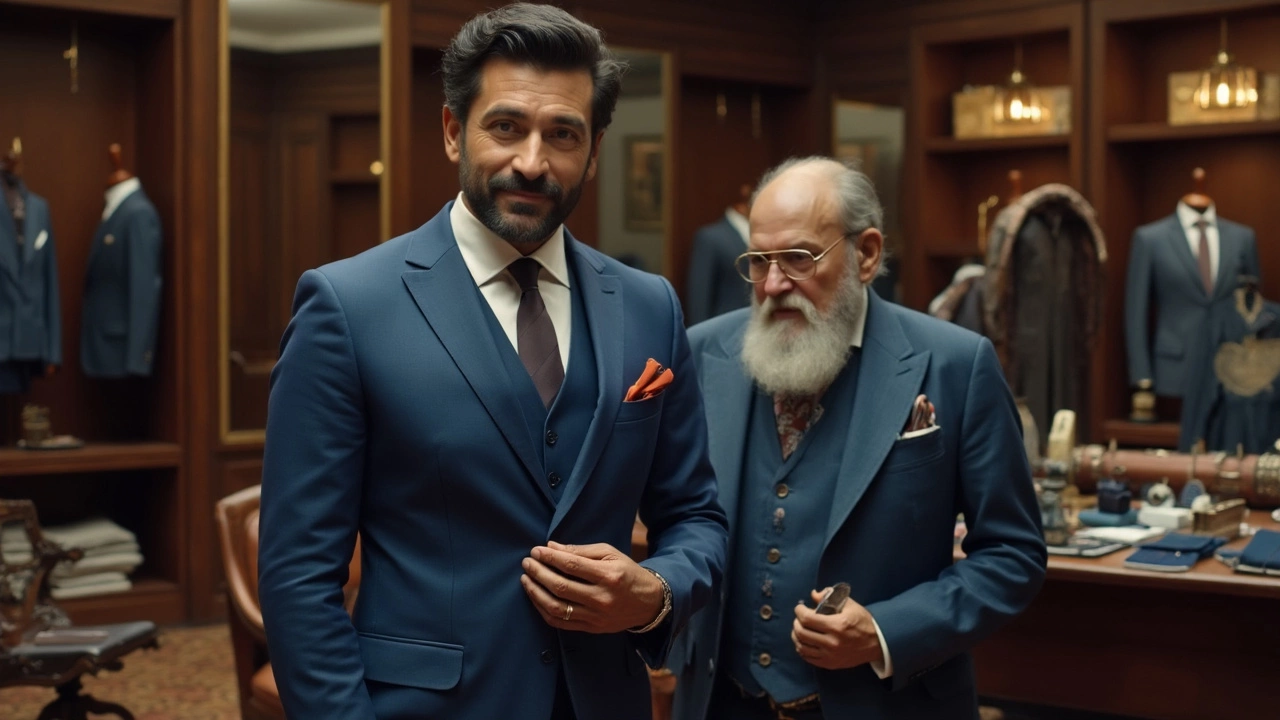Tailoring Made Simple: How to Get the Perfect Fit Every Time
Ever bought a shirt that looked great on the rack but fell flat on you? That’s where good tailoring steps in. A well‑fitted garment not only feels comfortable, it also makes you look sharper without spending a fortune on designer labels. Below we break down the basics you need to know, from measuring yourself at home to spotting the signs of quality stitching.
Measure Like a Pro – No Fancy Tools Needed
The first step is getting accurate measurements. All you need is a soft measuring tape, a mirror, and a friend (or a sturdy wall). Measure your chest, waist, hips, and inseam while standing relaxed. Write down each number and double‑check; a one‑centimeter error can change a jacket from perfect to loose. For sleeves, keep the arm slightly bent and measure from the shoulder point to the wrist. These simple numbers become the blueprint for every custom piece you order.
What to Look for in a Tailored Garment
When you try on a tailored item, focus on three things: shoulder alignment, sleeve length, and how the fabric drapes. The shoulder seam should sit exactly where your shoulder ends—no hanging over or pulling in. Sleeve cuffs should let your wrist show a finger’s width of shirt cuff; anything longer looks sloppy, anything shorter feels cramped. Finally, the fabric should follow the natural lines of your body without pulling or bunching. If you notice any of these issues, a quick adjustment can fix them.Arman Fashion Line offers a quick‑turn tailoring service that handles these tweaks for you. Whether you bought a pair of trousers online or need a suit altered for a wedding, their in‑house team uses reinforced stitching to keep seams strong and looks clean. They also recommend fabrics that hold their shape better, like twill or lightweight wool, which make future adjustments easier.
Beyond fixing fit, good tailoring can upgrade a simple outfit. Adding a small vent to a blazer, shortening a hem, or inserting a hidden button can change the whole vibe. Even a modest change like replacing a plain button with a mother‑of‑pearl one adds a touch of luxury without breaking the bank. If you’re unsure what works for you, start with one small change and see how it feels.
For DIY lovers, a basic sewing kit with a sharp needle, matching thread, and fabric chalk goes a long way. Practice on old clothes first—replace a loose button or sew a straight seam along a hem. These small wins build confidence and help you understand how fabrics behave. When a repair feels too complex, like taking in a jacket’s side panels, it’s best to hand the piece over to professionals.
Remember, tailoring isn’t just for formal wear. Casual pieces like denim jackets, t‑shirts, and even hoodies benefit from a proper fit. A slight taper on the sides of a hoodie gives it a cleaner silhouette, while a well‑fitted denim jacket sits snugly on the shoulders and frames your torso nicely. The same principles apply: check the shoulder seam, length, and how the fabric moves with you.
In short, good tailoring bridges the gap between off‑the‑rack convenience and custom‑made perfection. With the right measurements, a keen eye for fit, and a reliable service like Arman Fashion Line, you can keep your wardrobe looking fresh and feeling comfortable all year long.

